Kia has delivered a class act SUV with and impressive diesel engine. There is little to fault this Sportage from the showroom and after a test drive yourself you will understand what we are saying. The only issue is the large number of competitors currently in this segment. Yes, the all new CR-V and CX-5 is gaining popularity. Then there is the Forester and X-Trail. From Europe you have the Koleos and Tiguan and lastly you have Kia’s very own sibling, the diesel powered Tucson. So which takes your fancy is best decided after a test drive yourself.
Kia Sportage GT-Line 2.0 CRDi VGT Specifications
Engine: 4-cylinder Diesel Turbo
Displacement: 1995cc
Transmission: 6-speed automatic
Max Power: 185PS @ 4000rpm
Max Torque: 400Nm @ 1750-2750rpm
0-100km/h: NA
Top Speed: NA
Price: RM154,568.99
With 185bhp and 400Nm from a 2.0L diesel engine, this Sportage is quick, very quick especially from its 2nd gear acceleration when the diesel torque pushes hard. The well insulated cabin keeps road noise out and on uneven roads the suspension travel is very good with very little wallowing even with its large 19-inch wheels. Find a few speed bumps and run them over with this Sportage and you will feel how well sorted the suspension system is.
Intelligent all-wheel-drive delivers 100% of engine torque to the front wheels from ignition, but this can be redistributed up to a maximum of 60:40 front-to-rear to enhance cornering stability or if road conditions deteriorate or when conditions get wet.
For off-road driving, owners can manually select lock mode (with a simple button on the center near the gear-shifter), which gives a 50:50 torque split at speeds of up to 25mph. The system is now linked to Advanced Traction Cornering Control, which monitors road speed, throttle input and steering angle and distributes torque between the left and right wheels to maximise cornering stability.
A number of other electronic features increase safety for on-road driving and the car’s capability off-road or in areas where bad weather and poor driving conditions are facts of daily life.
Electronic Stability Control (ESC) and Vehicle Stability Management (VSM) counteract any tendency of the car to understeer or oversteer in hard cornering or slippery conditions, or to pull to one side when accelerating on roads with different levels of grip from left to right.
They are linked to three additional systems – Downhill Brake Control (DBC), Hill-start Assist Control (HAC) and a Roll-over Sensor. DBC ensures the car maintains a steady speed of 5mph when descending steep slopes. HAC has the reverse effect, preventing slip-back when setting off uphill and eliminating the possibility of wheelspin. The Roll-over Sensor detects when the car might be in danger of tipping over and deploys the curtain airbags and seat-belt pre-tensioners so that occupants are fully protected should the worst happen.

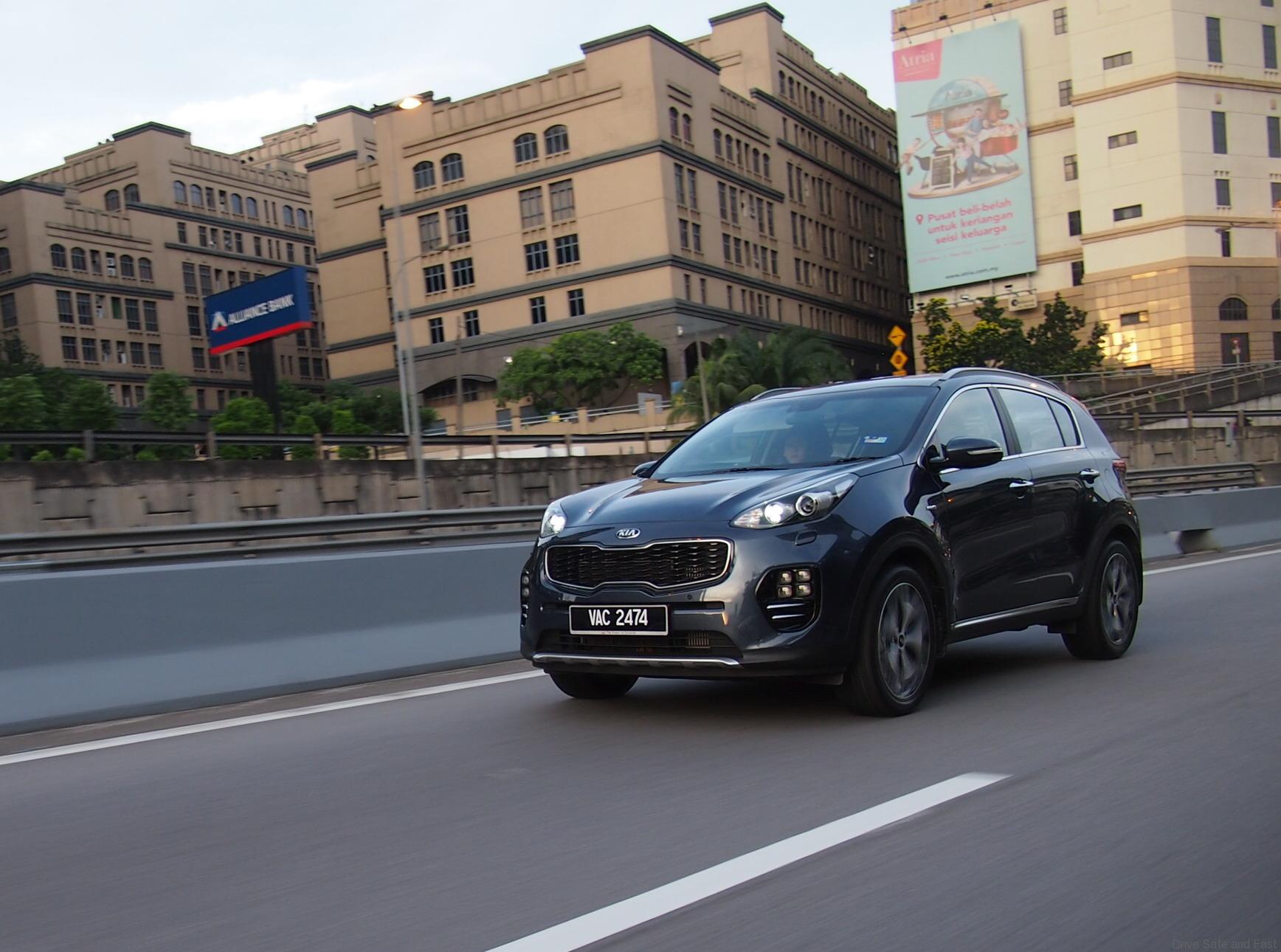
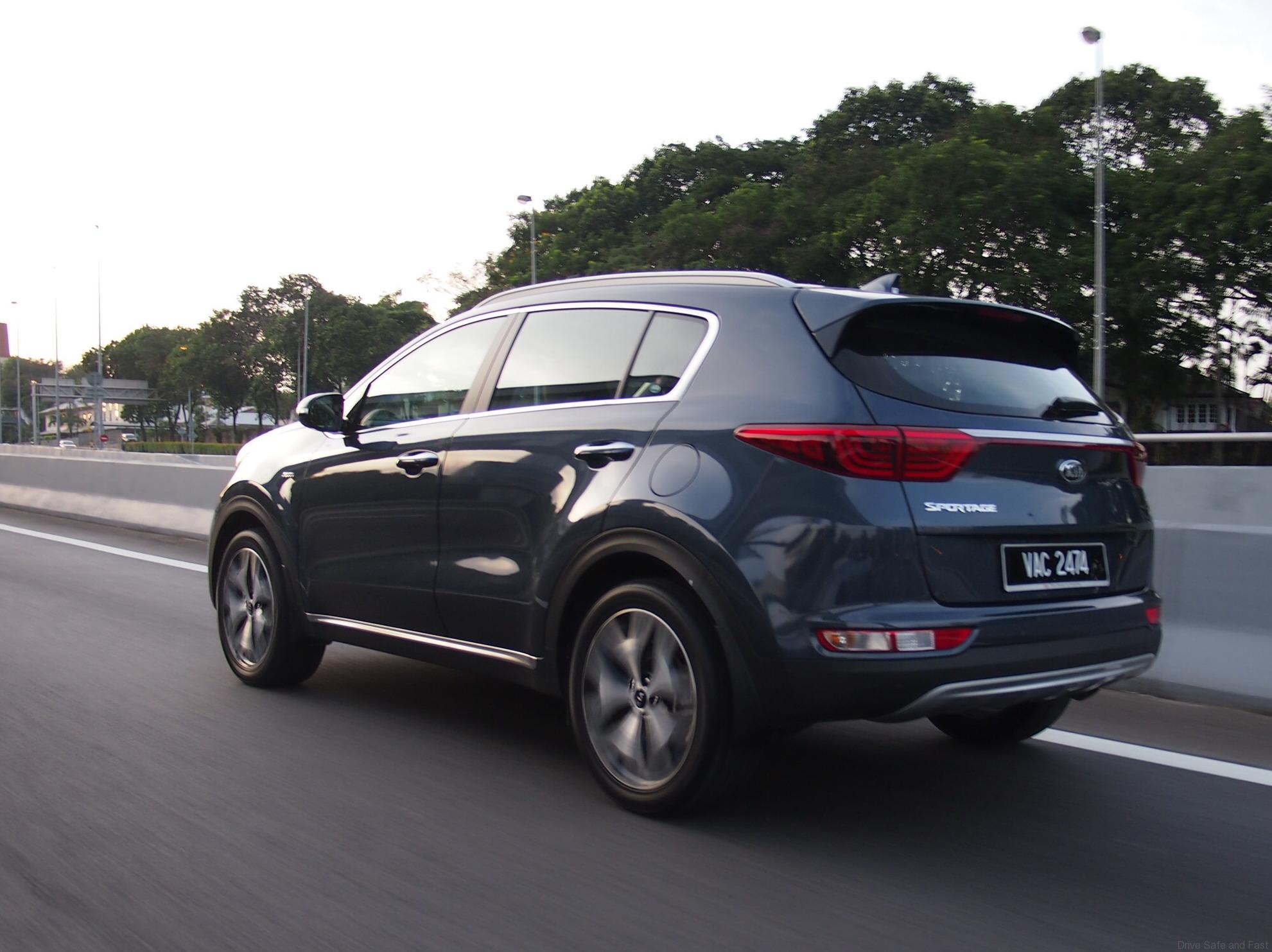
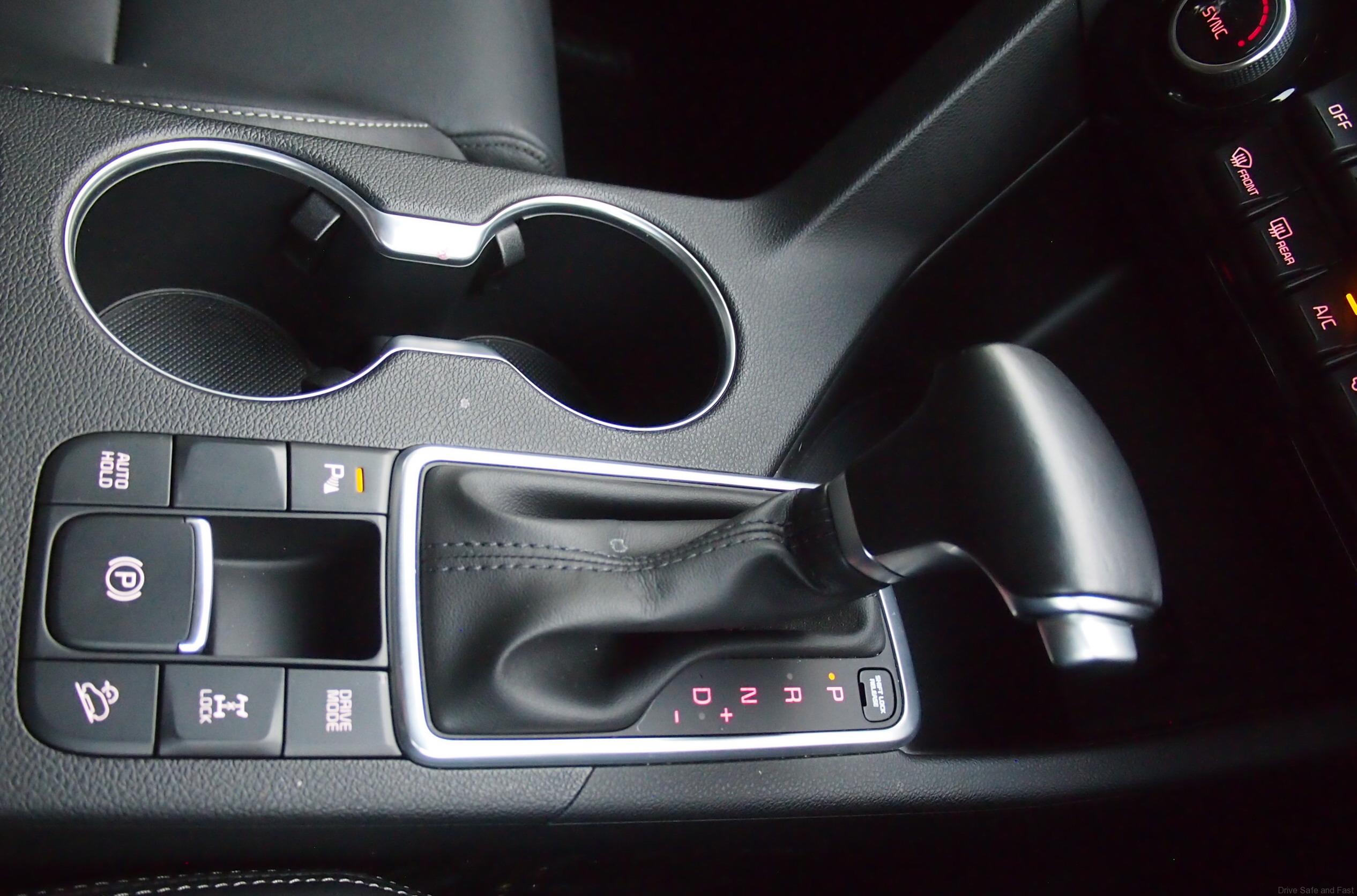
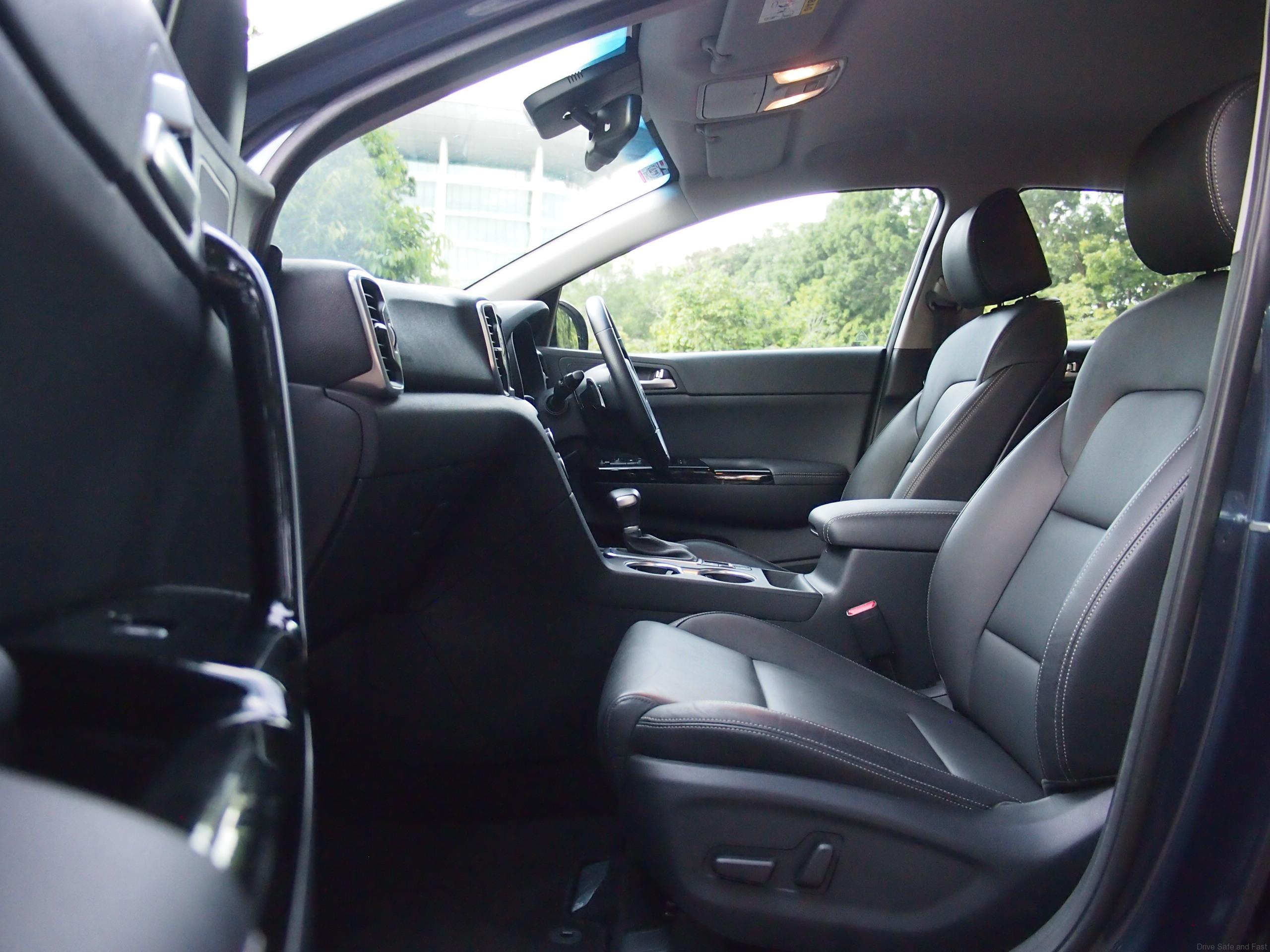

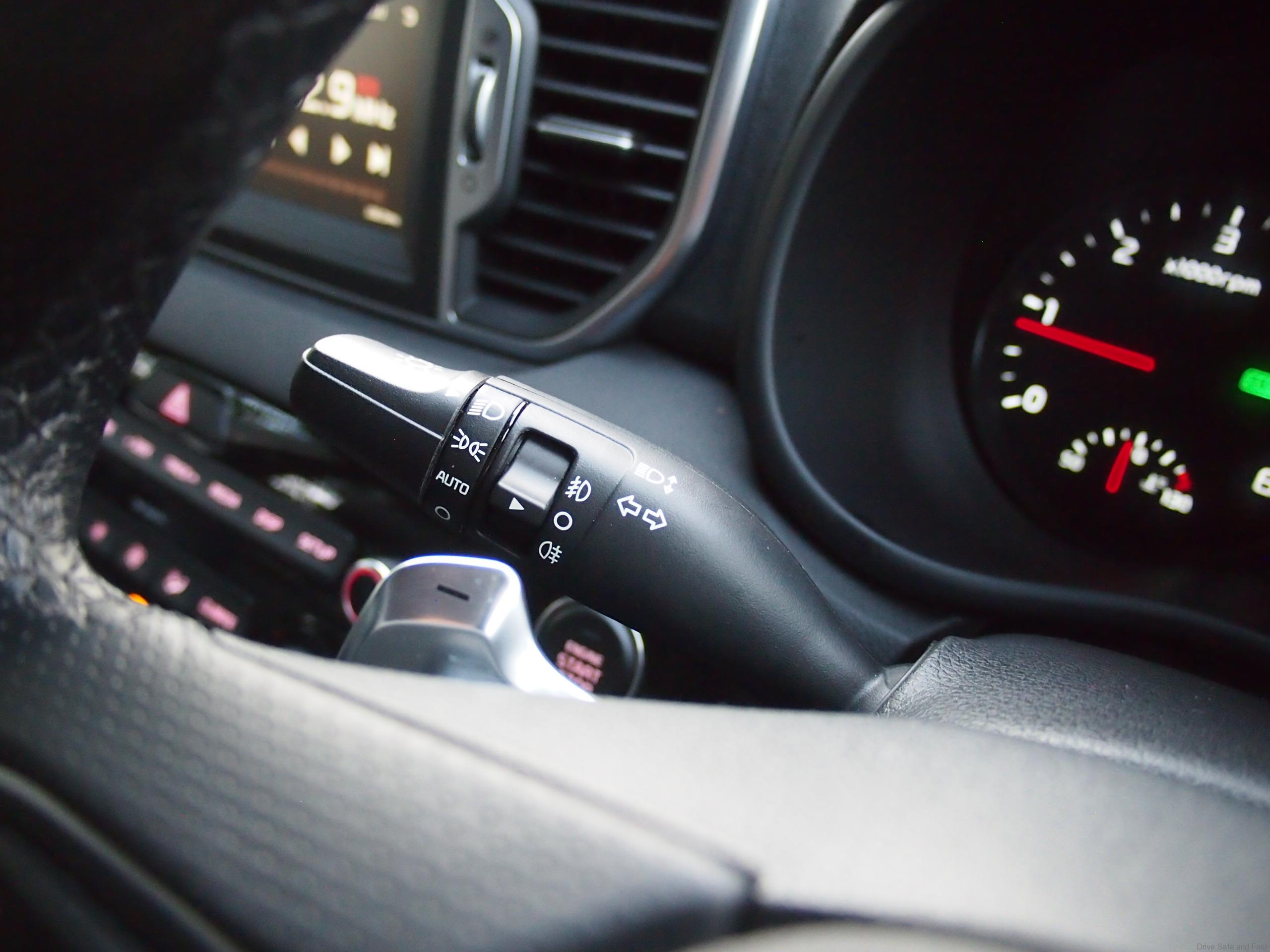
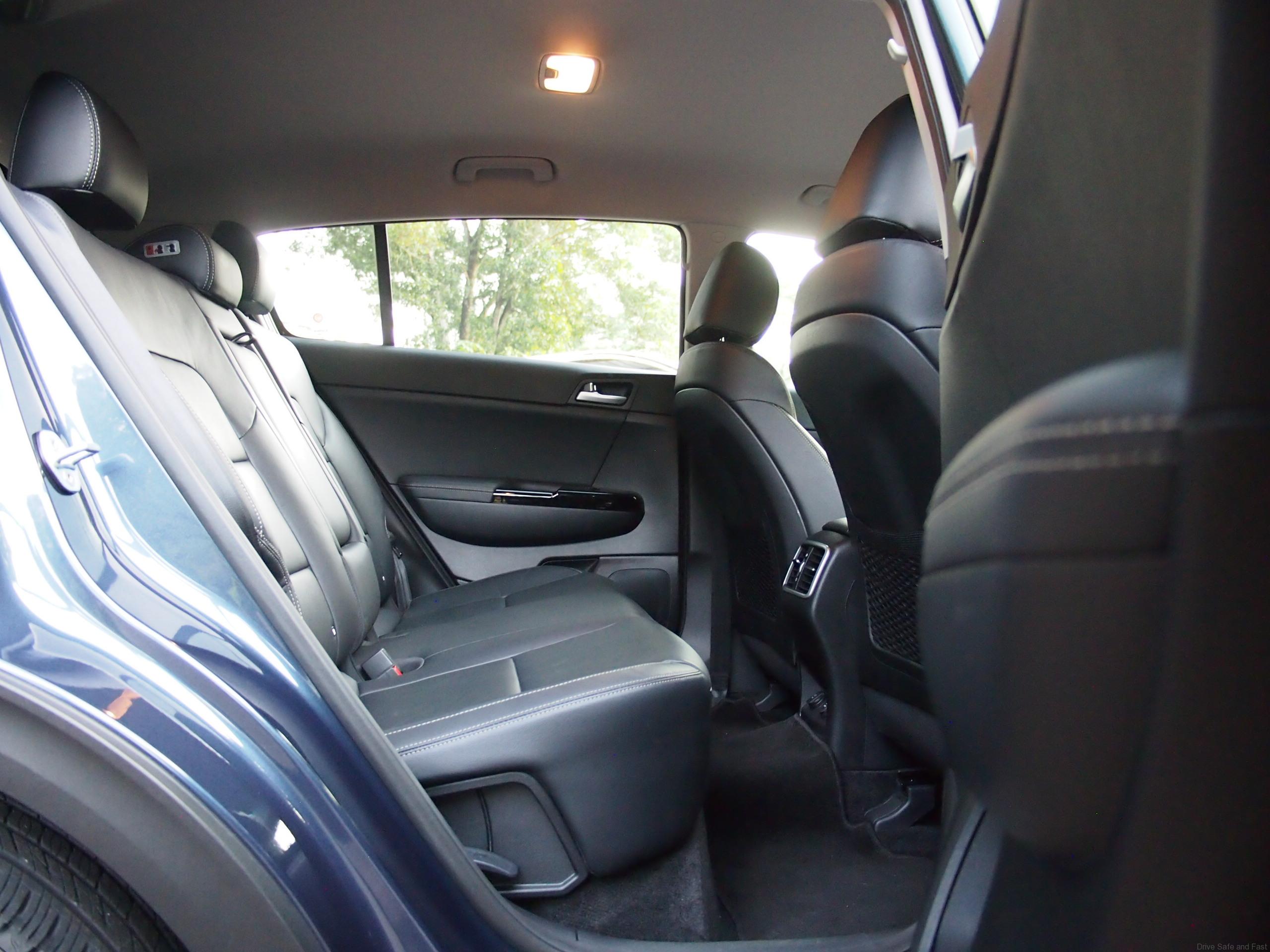
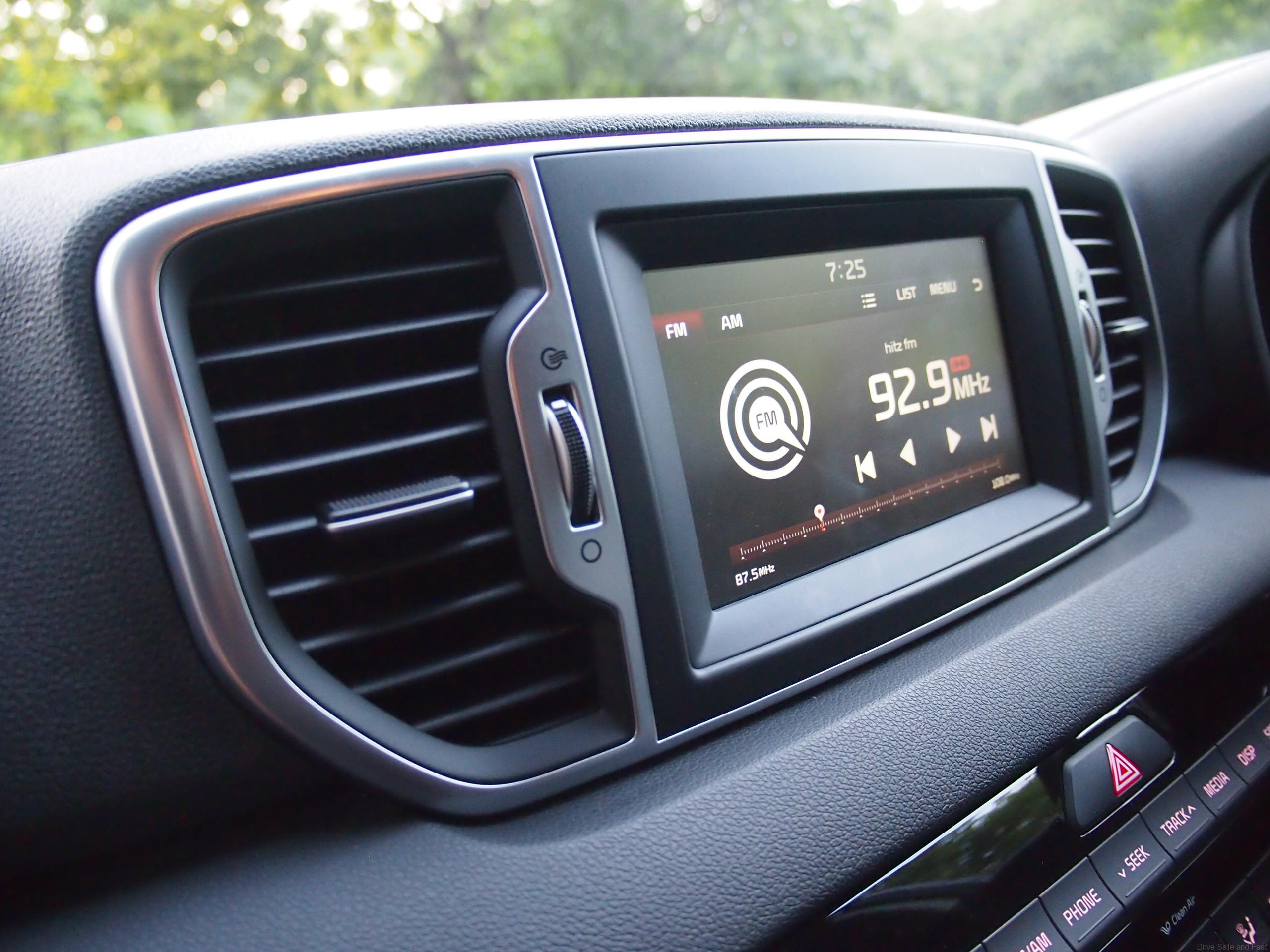
Any real world fuel economy figures made available?